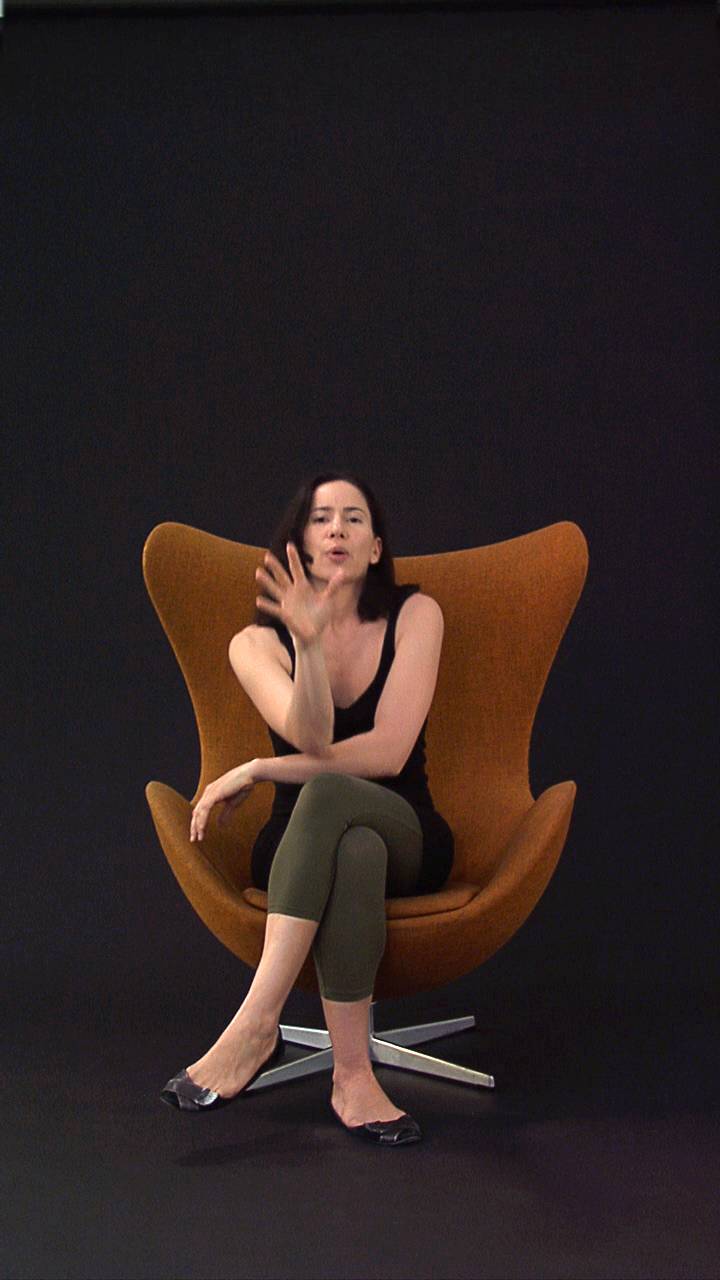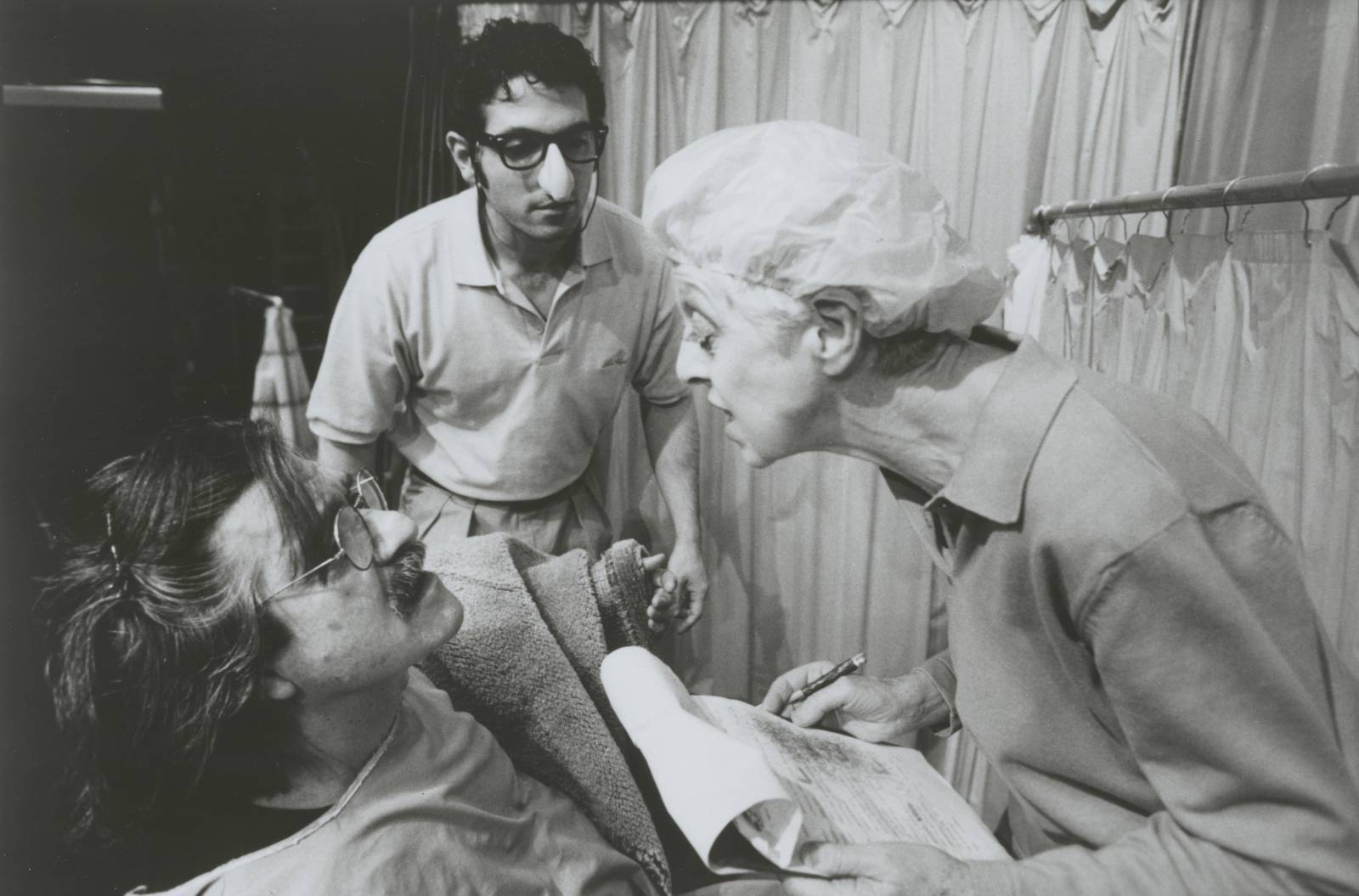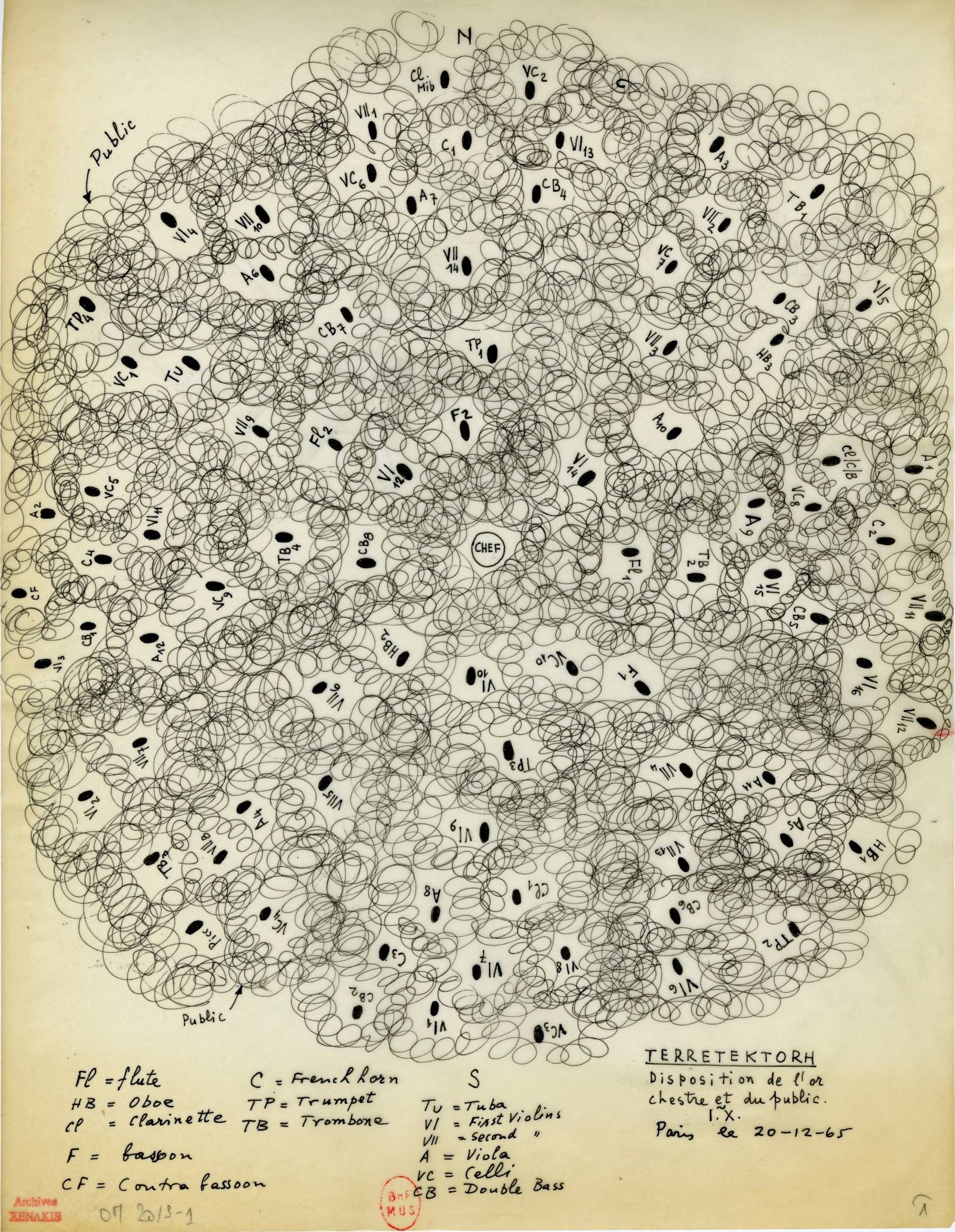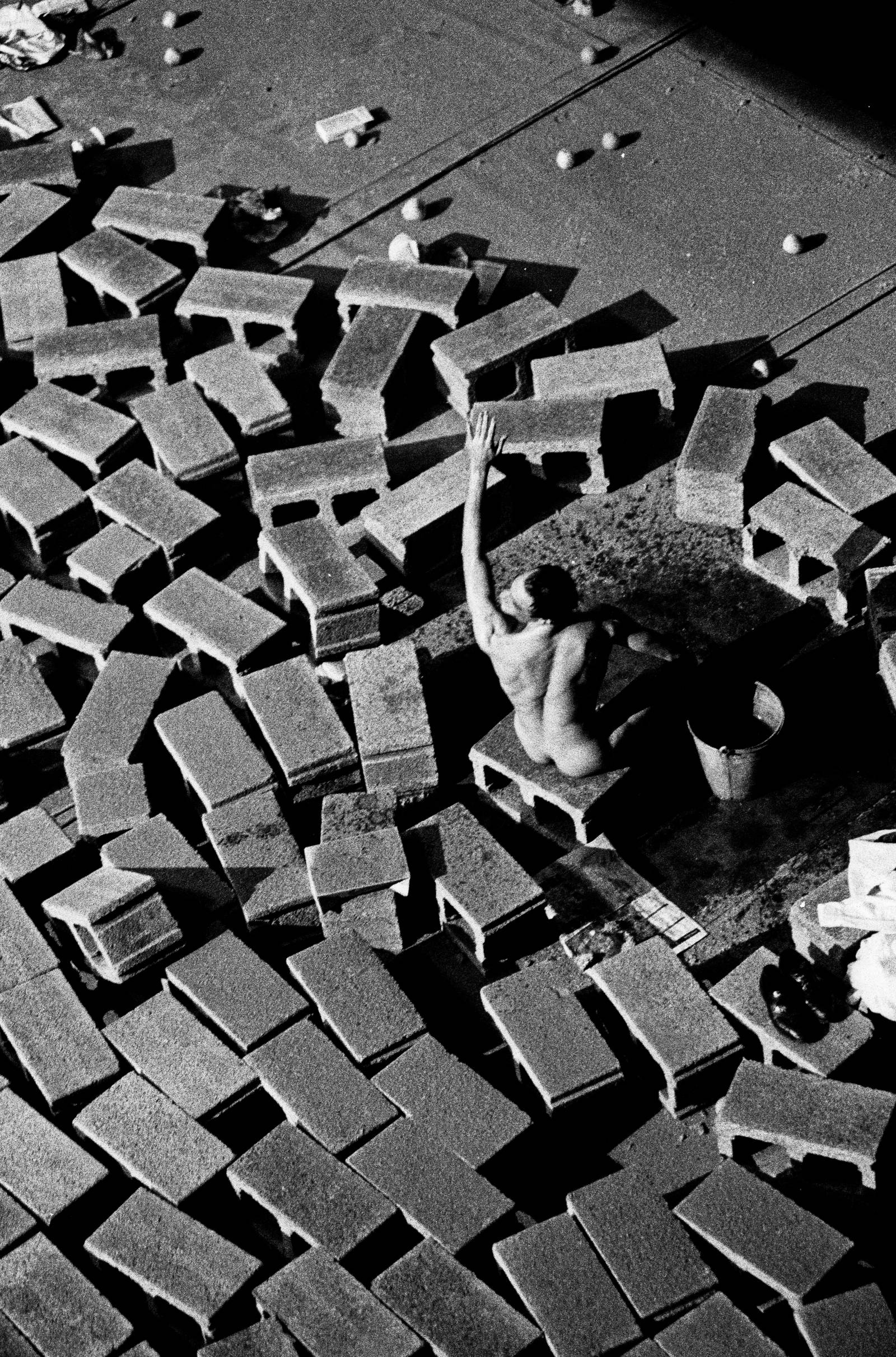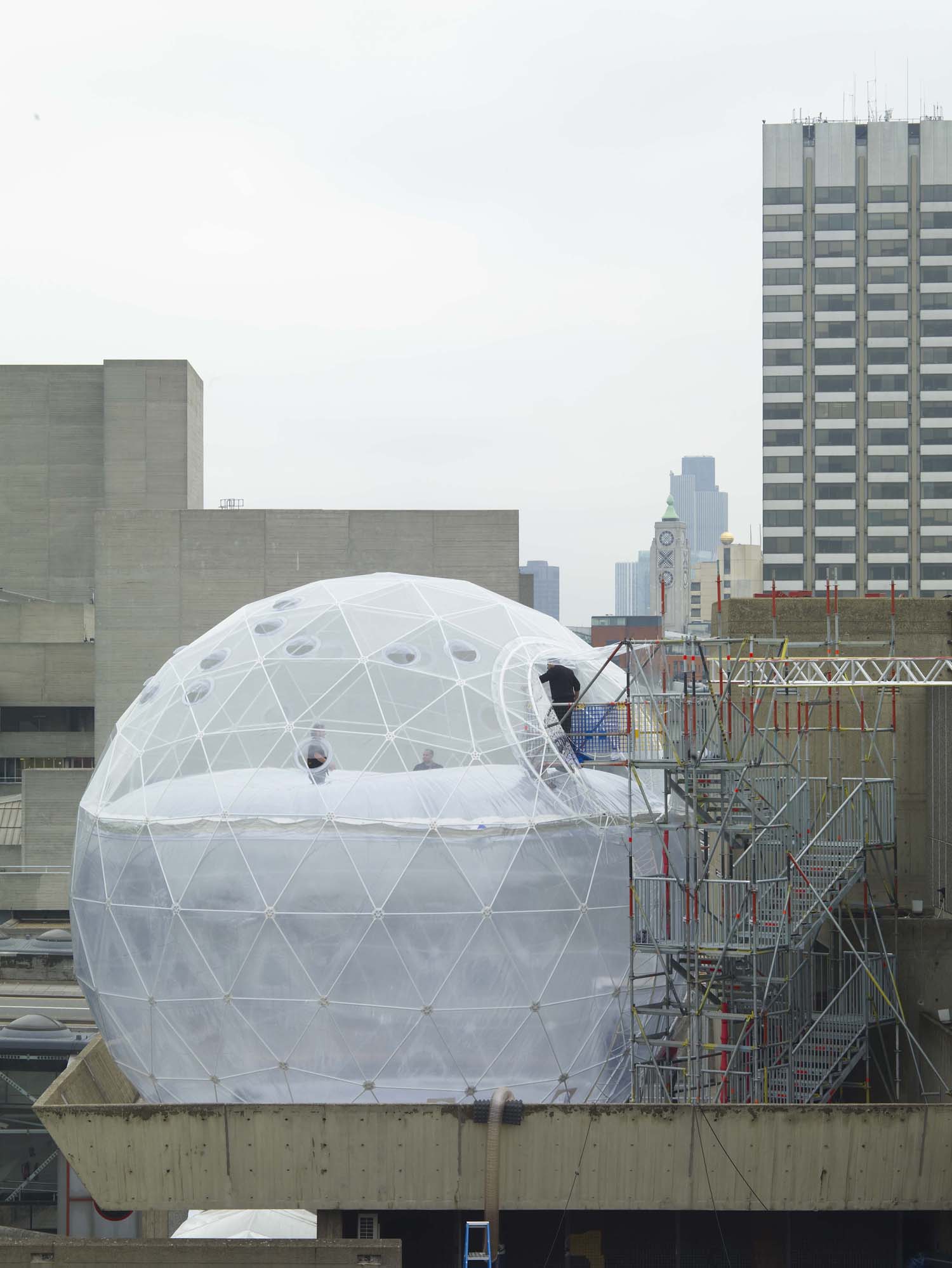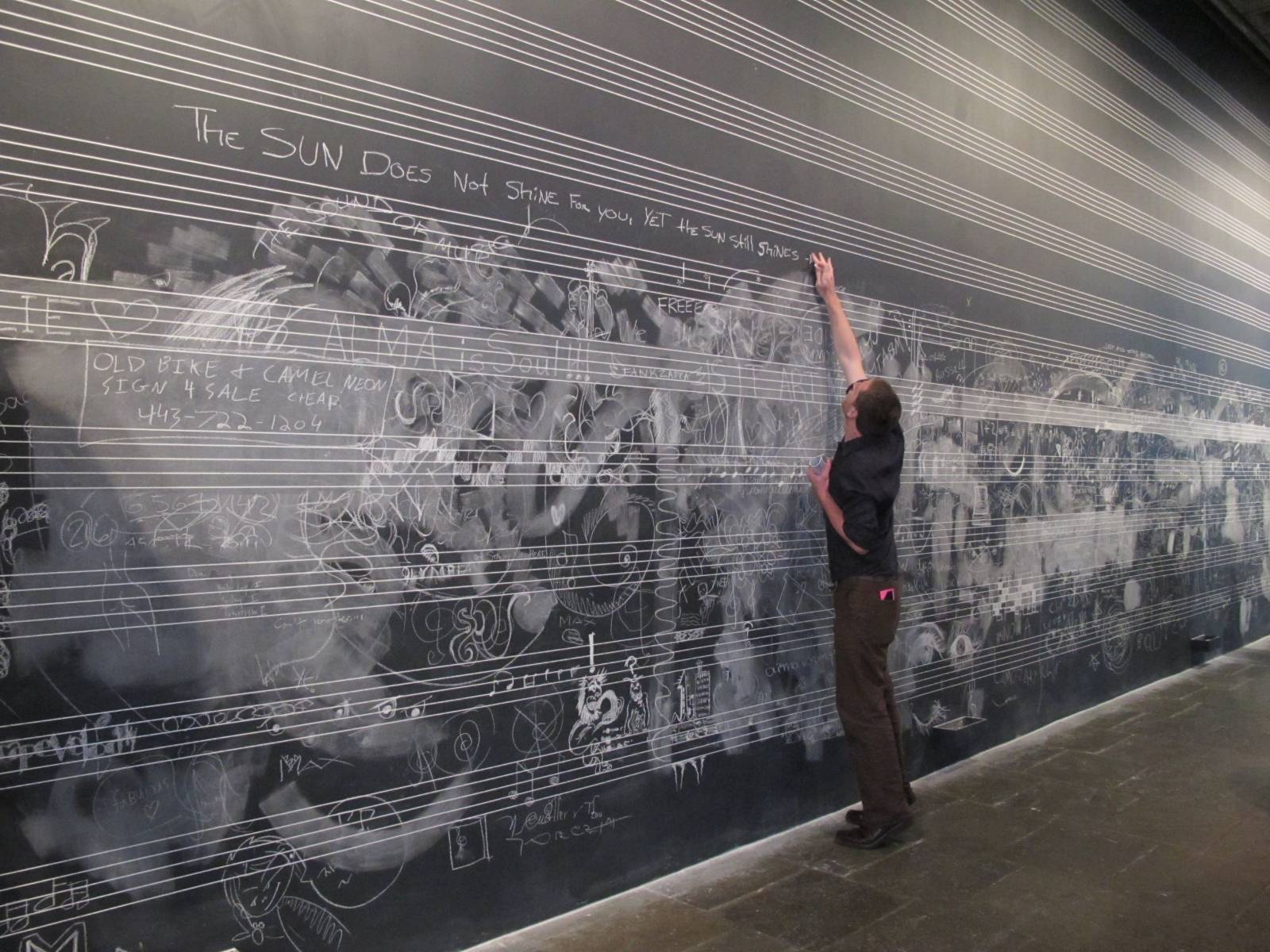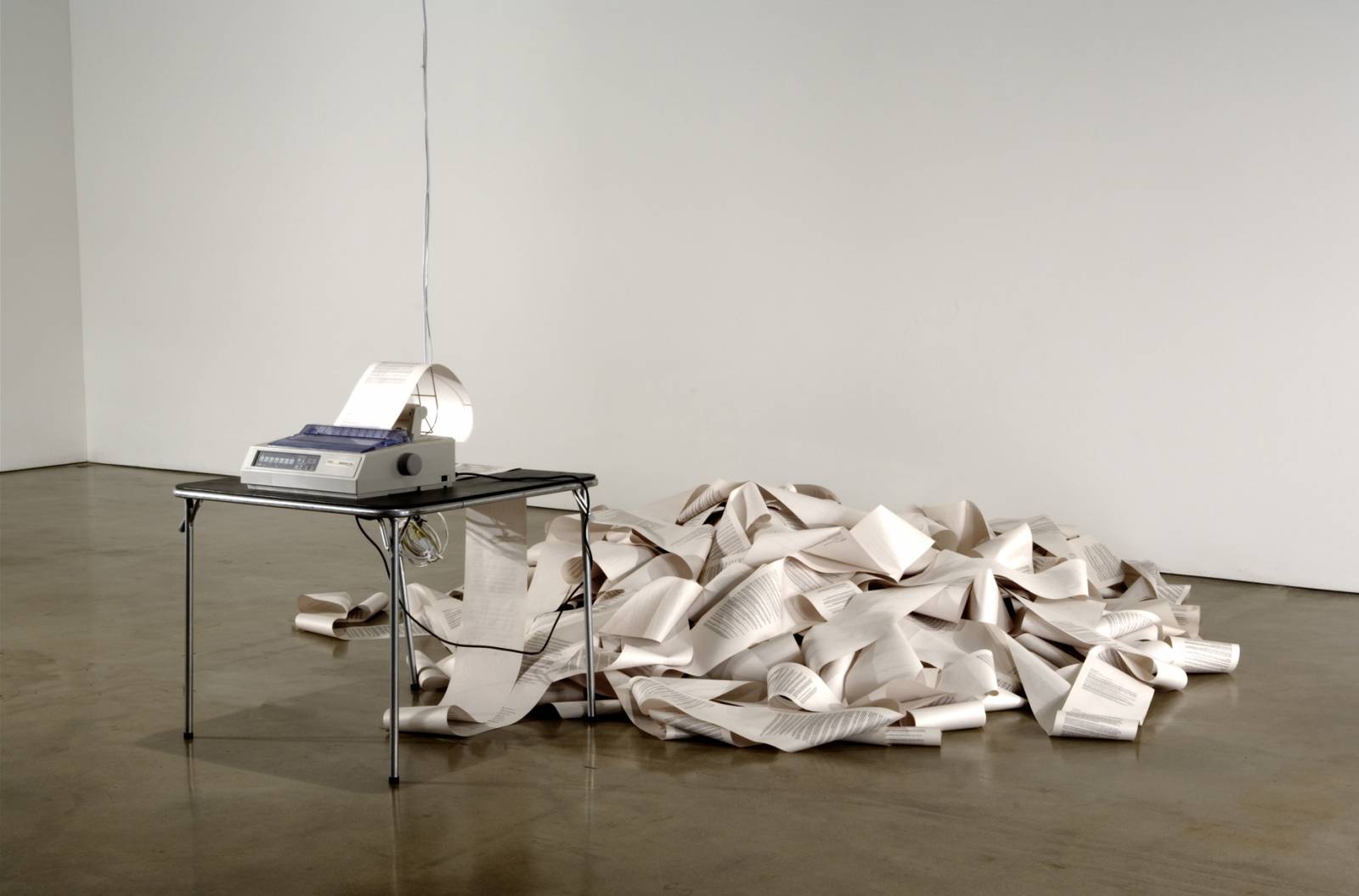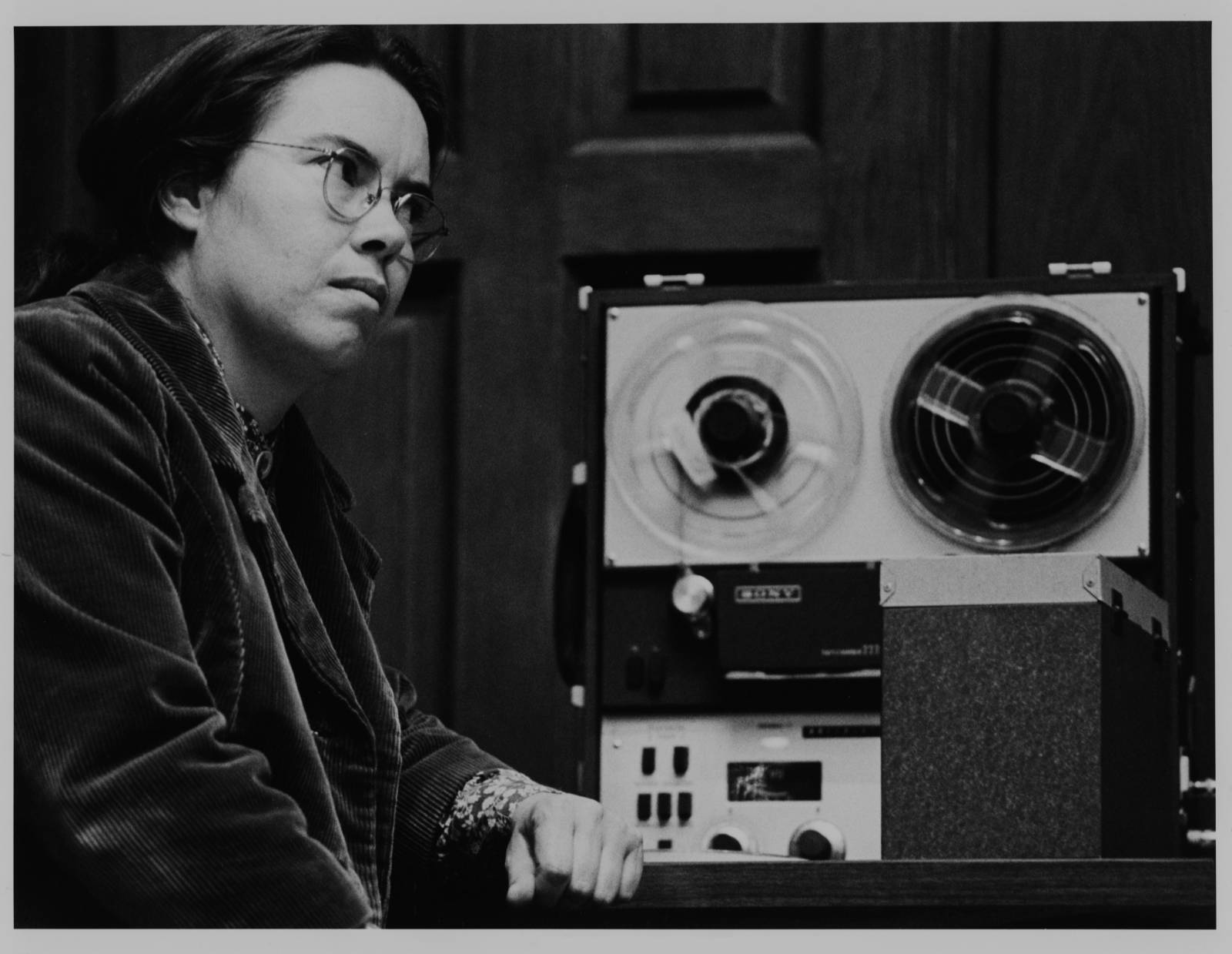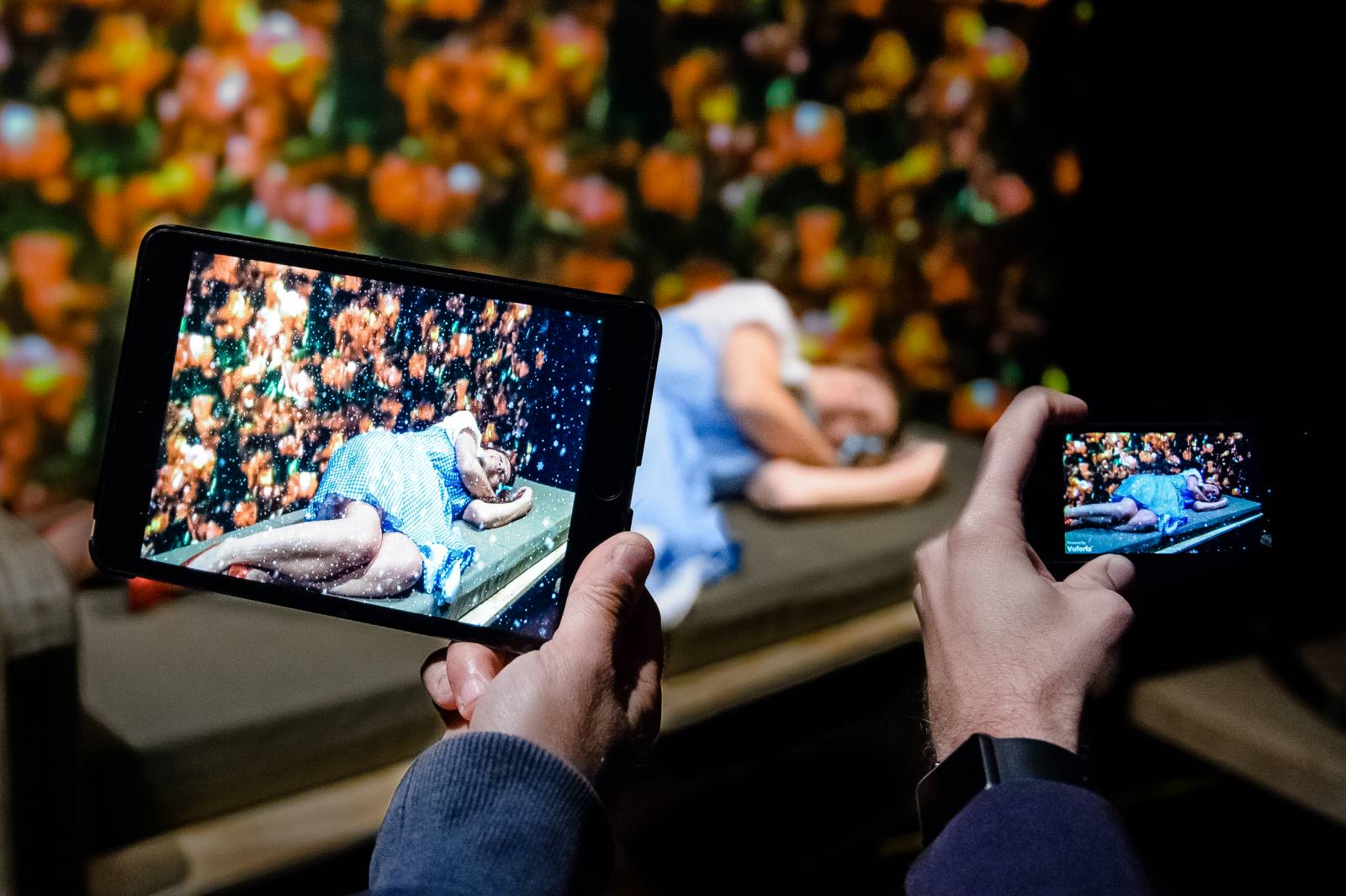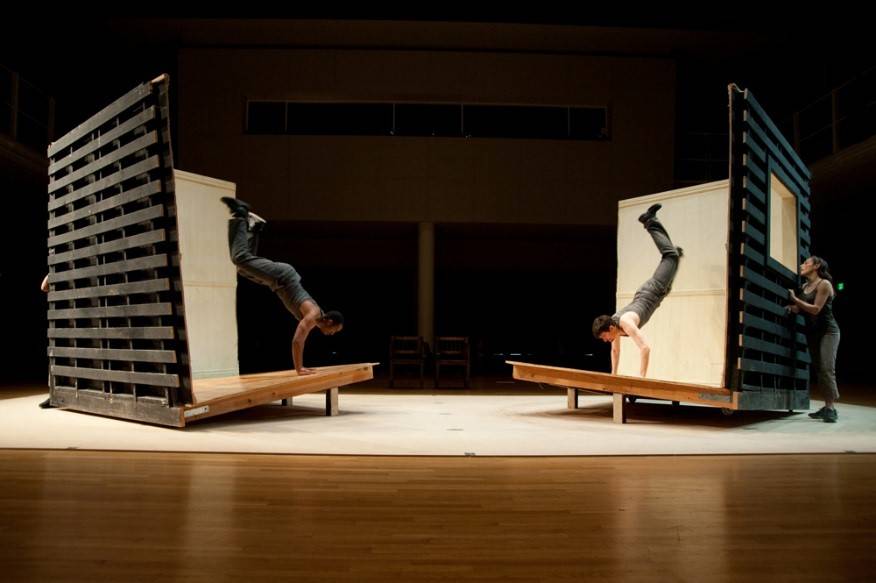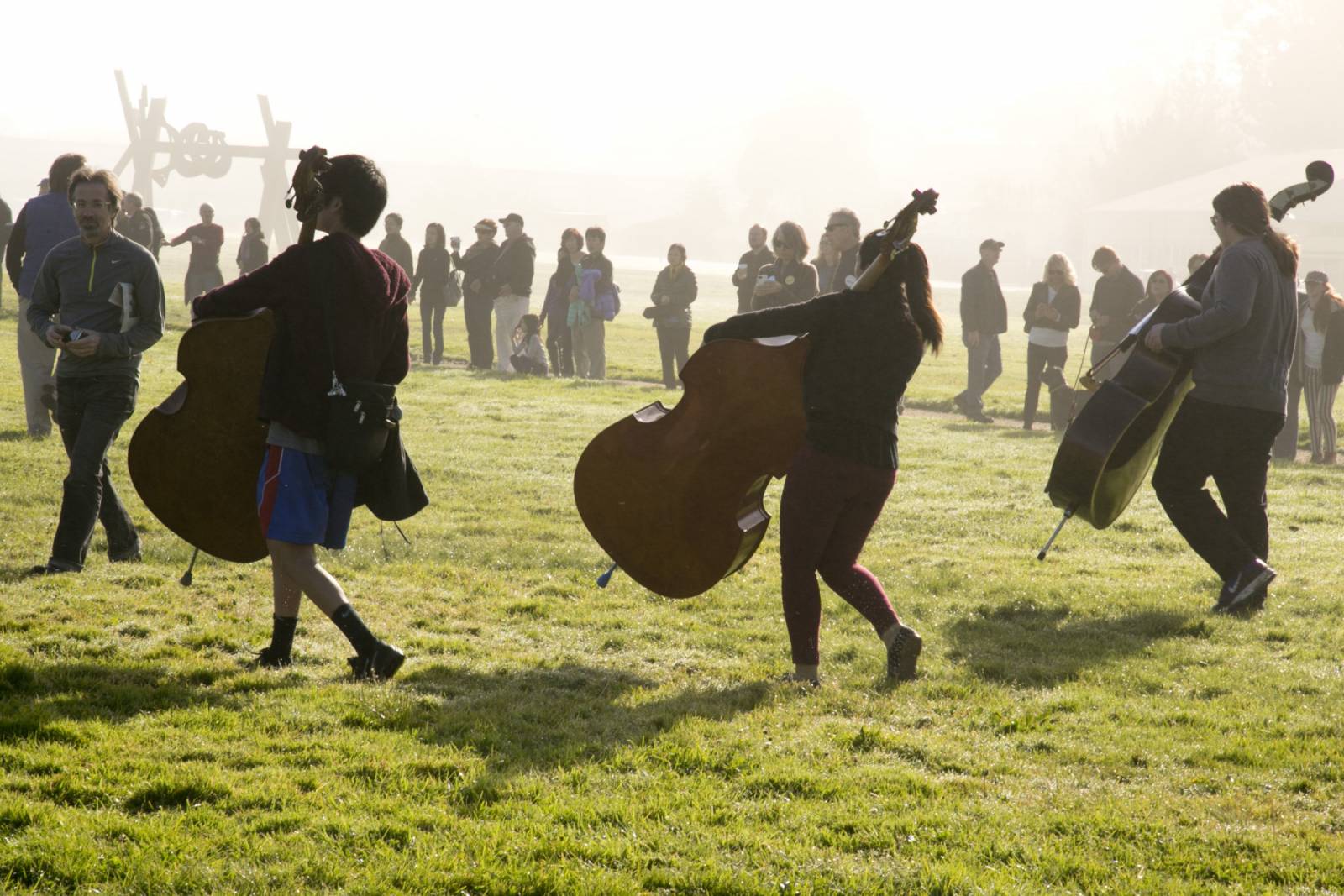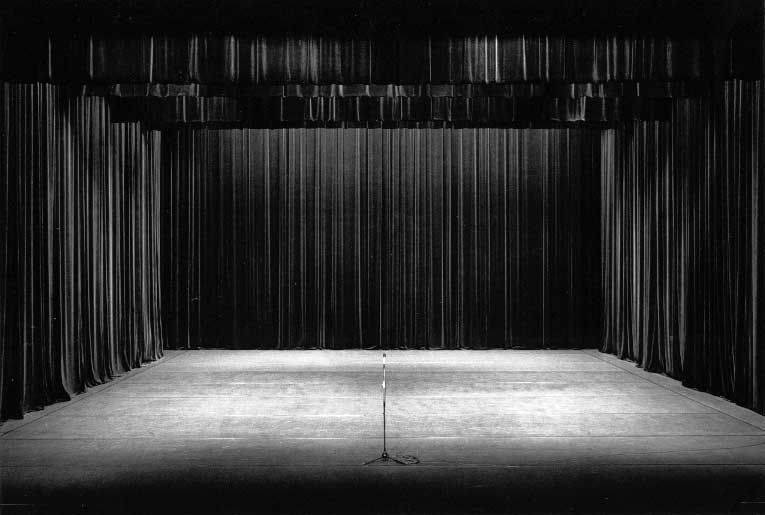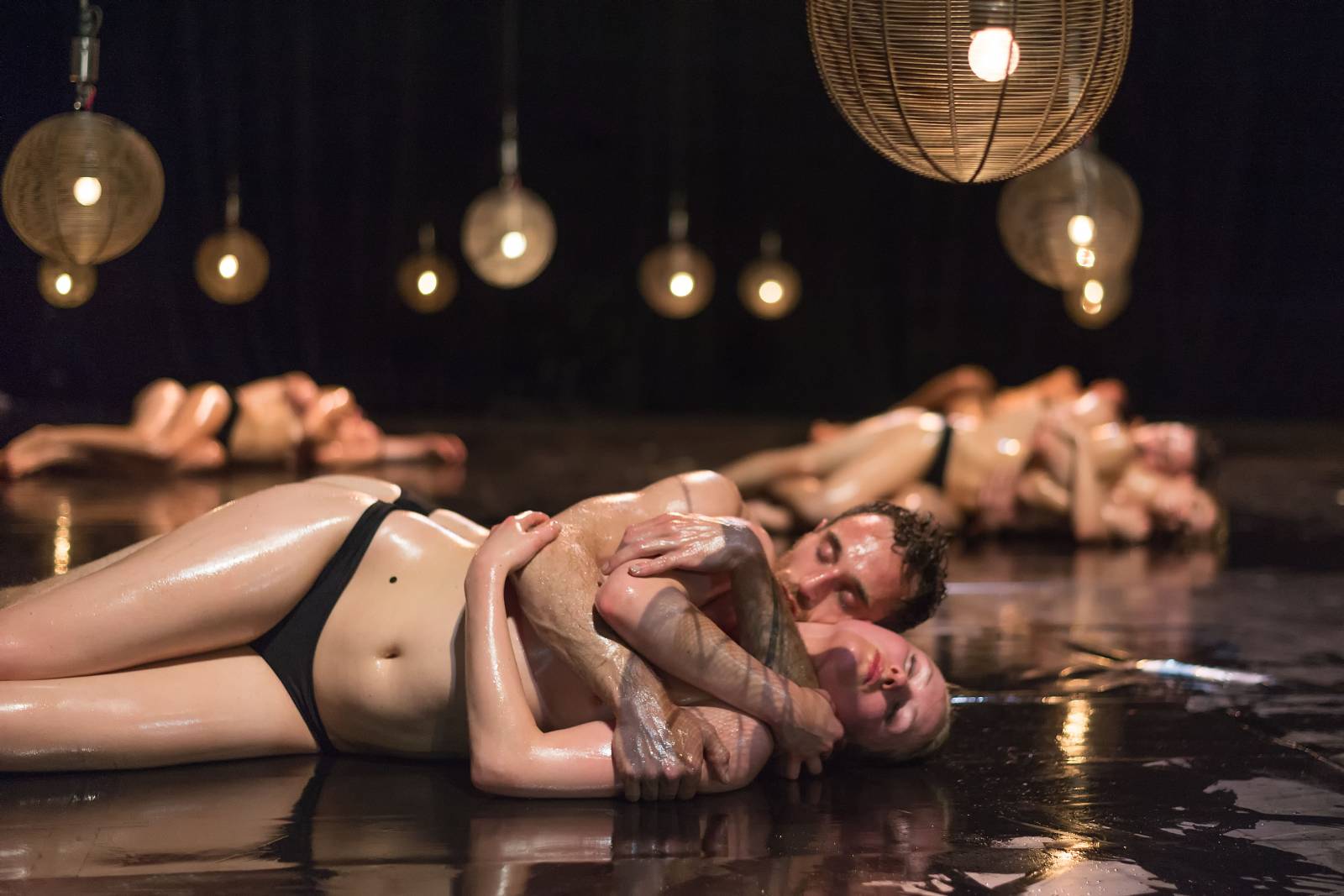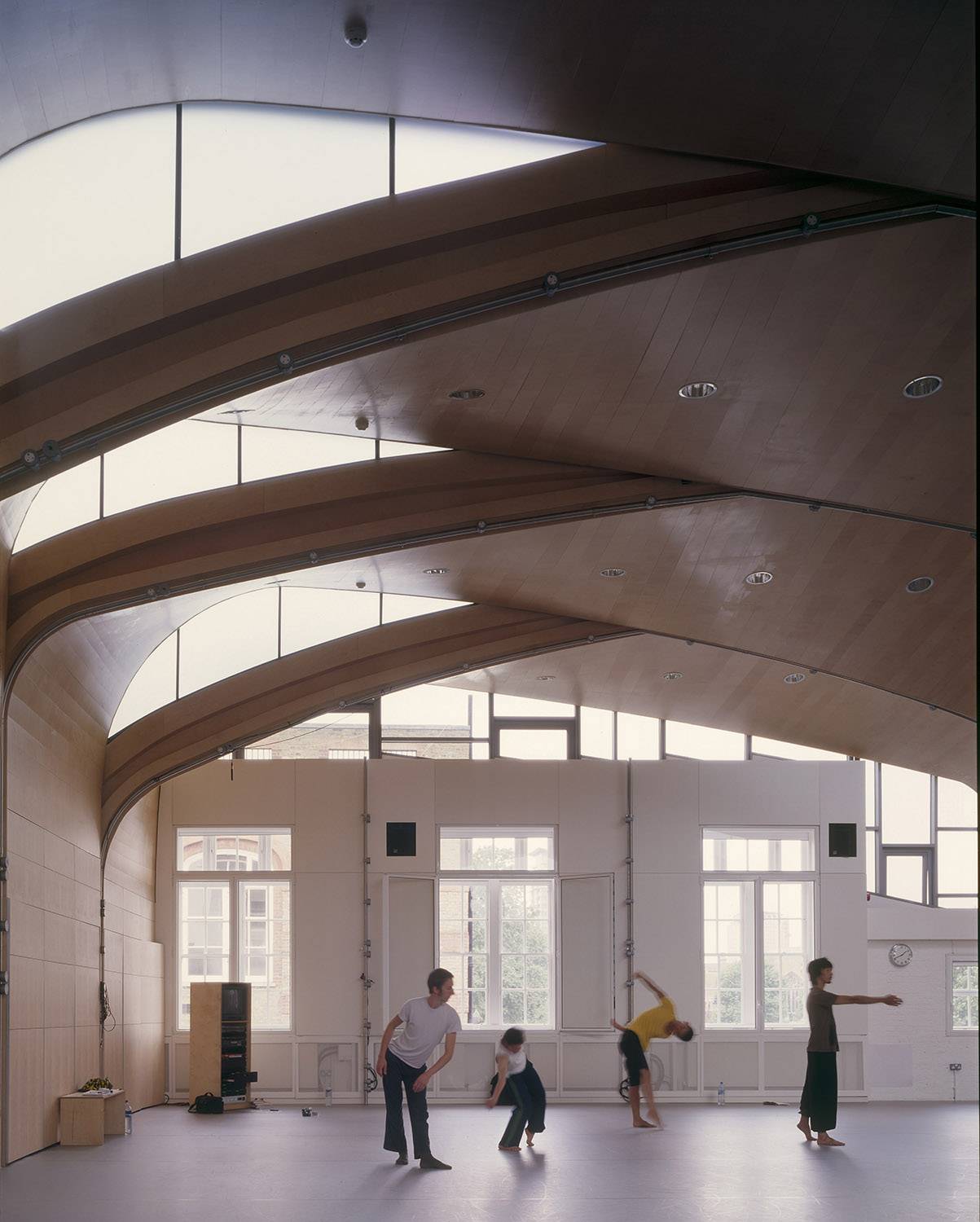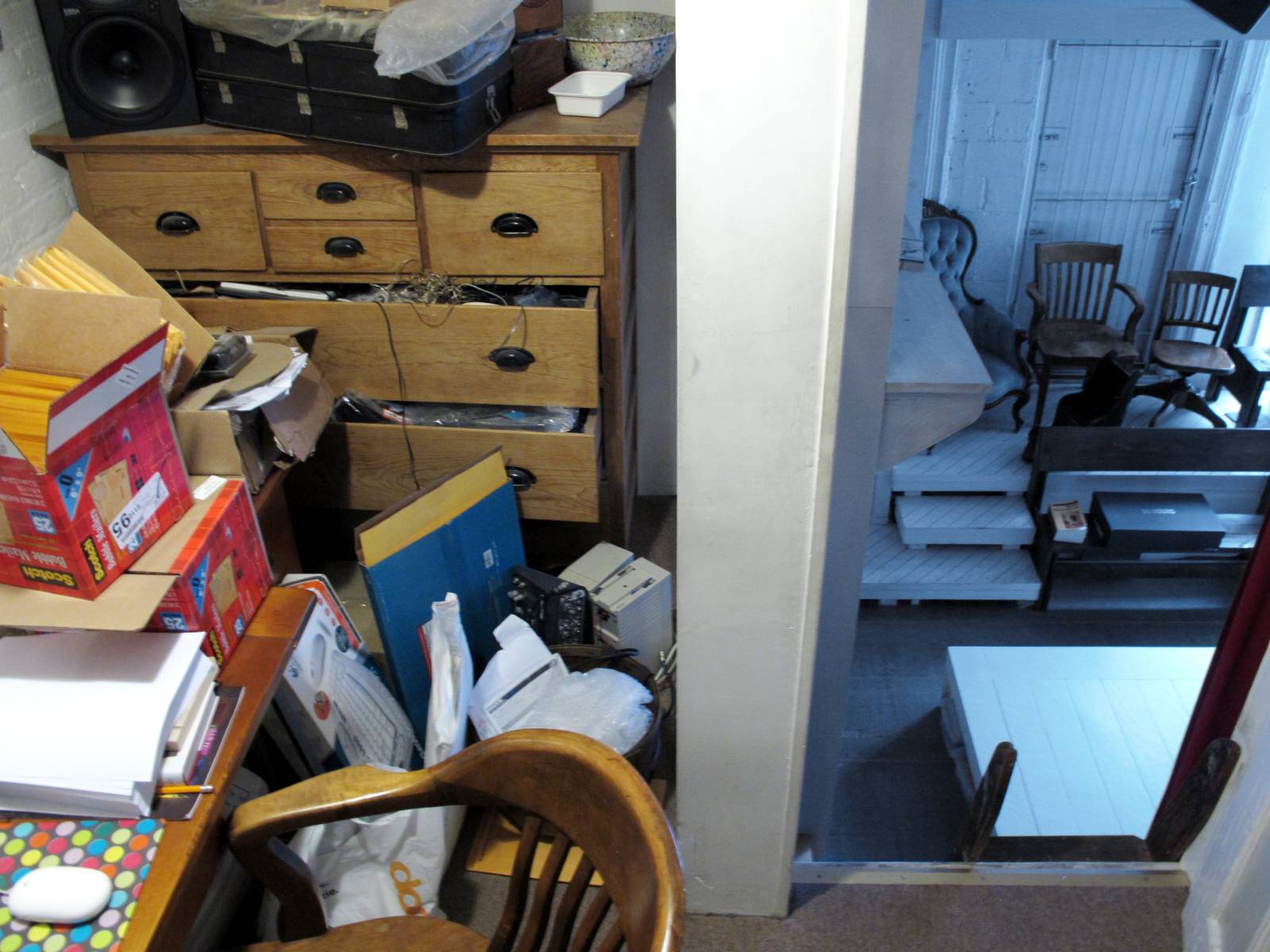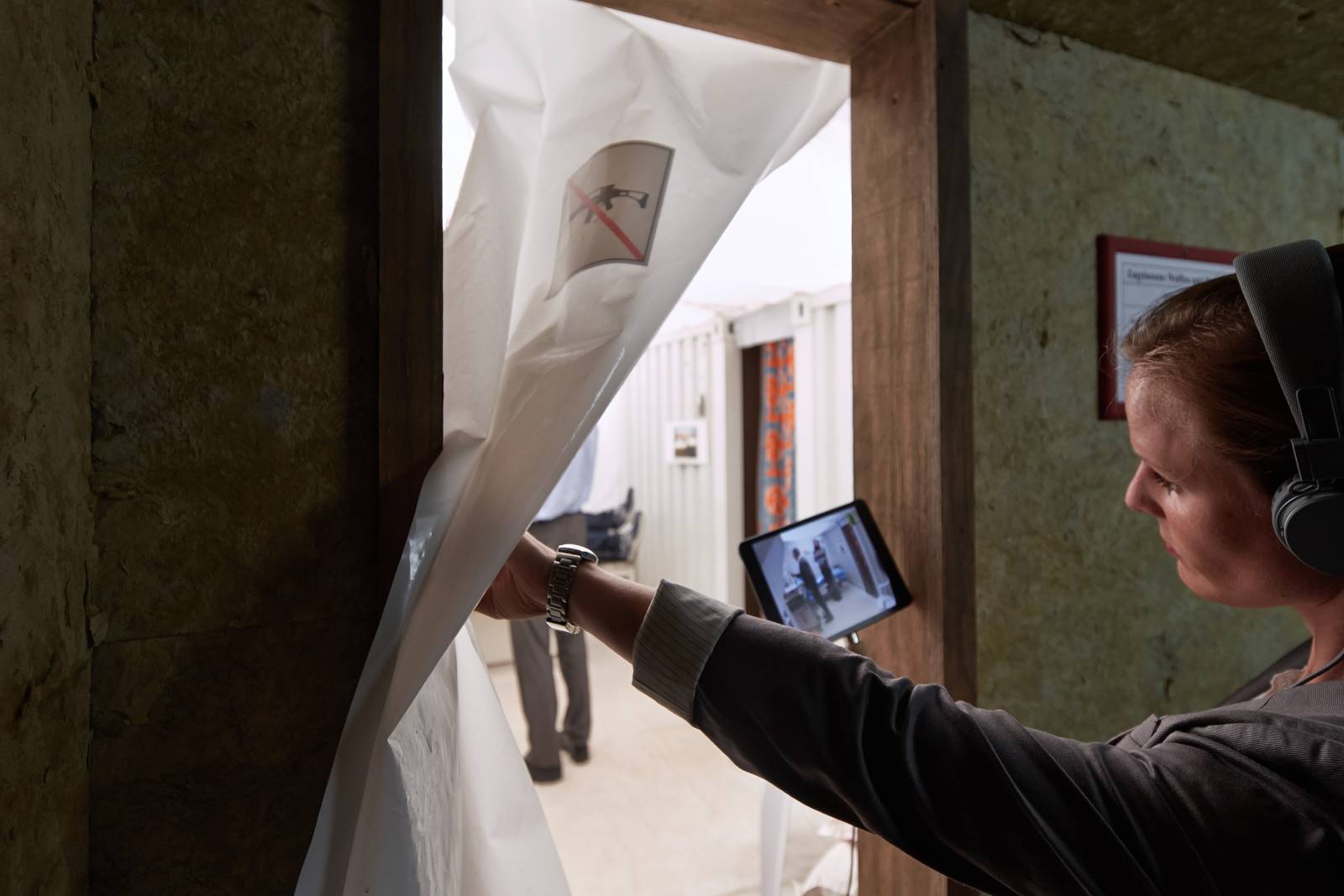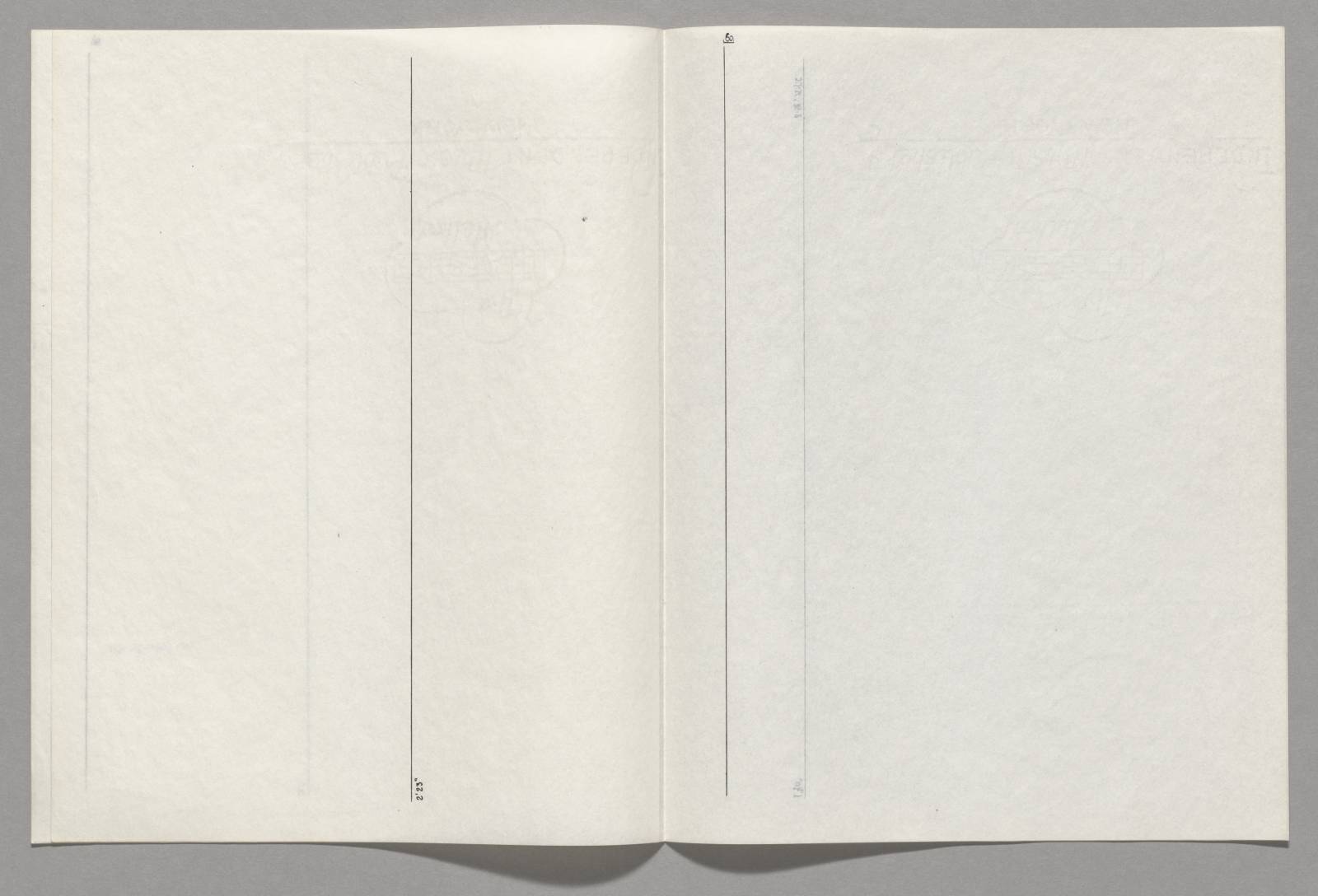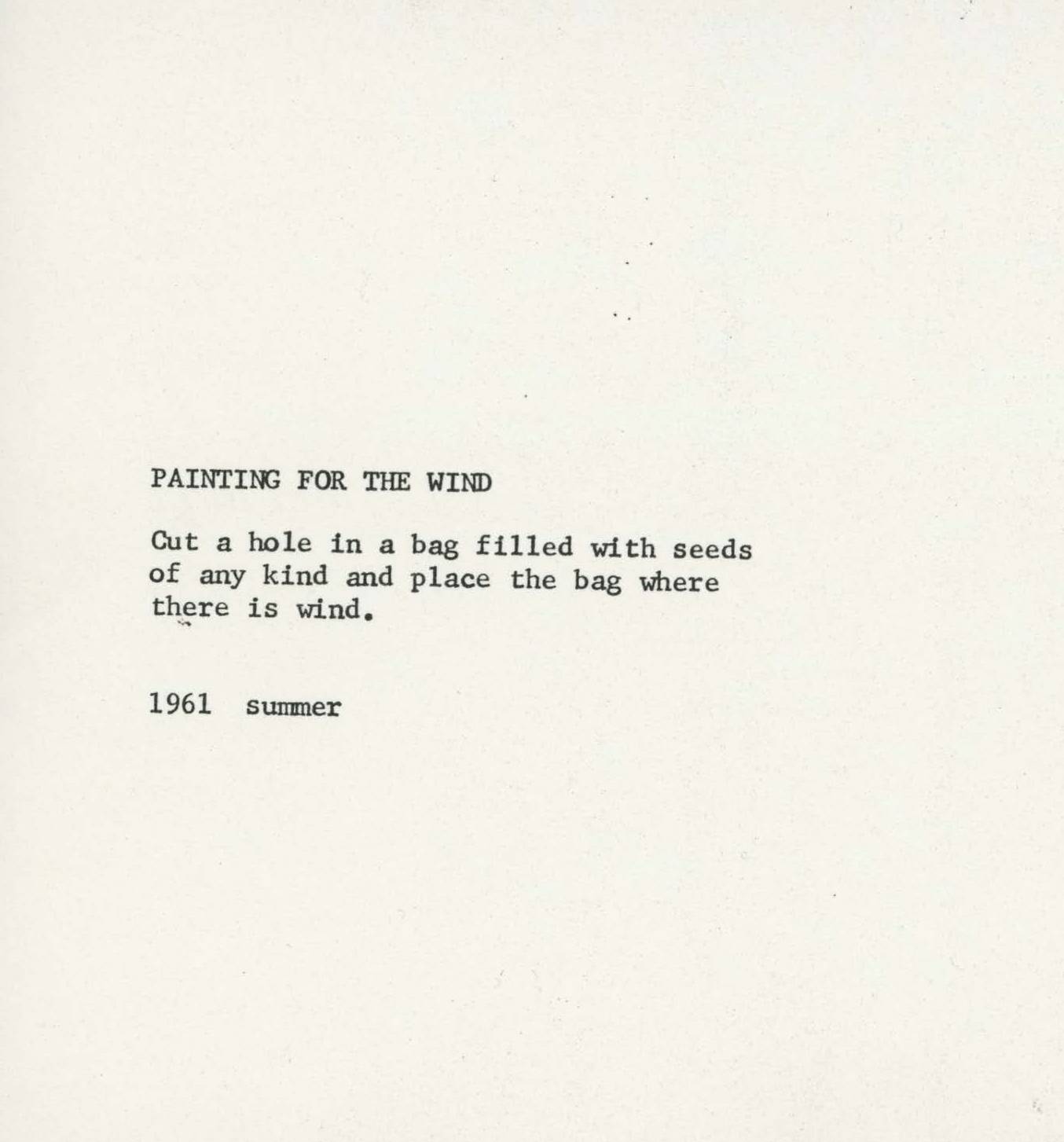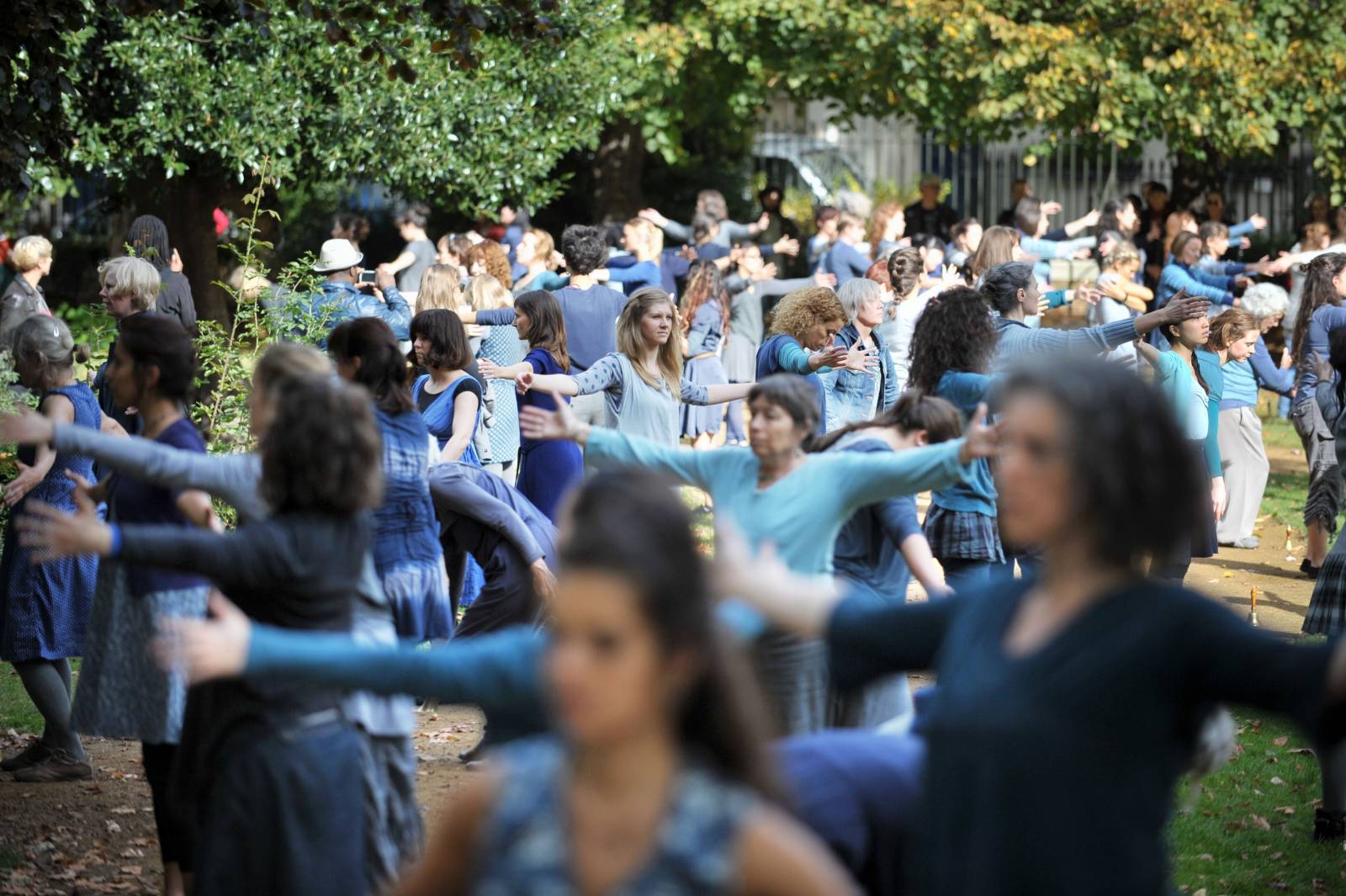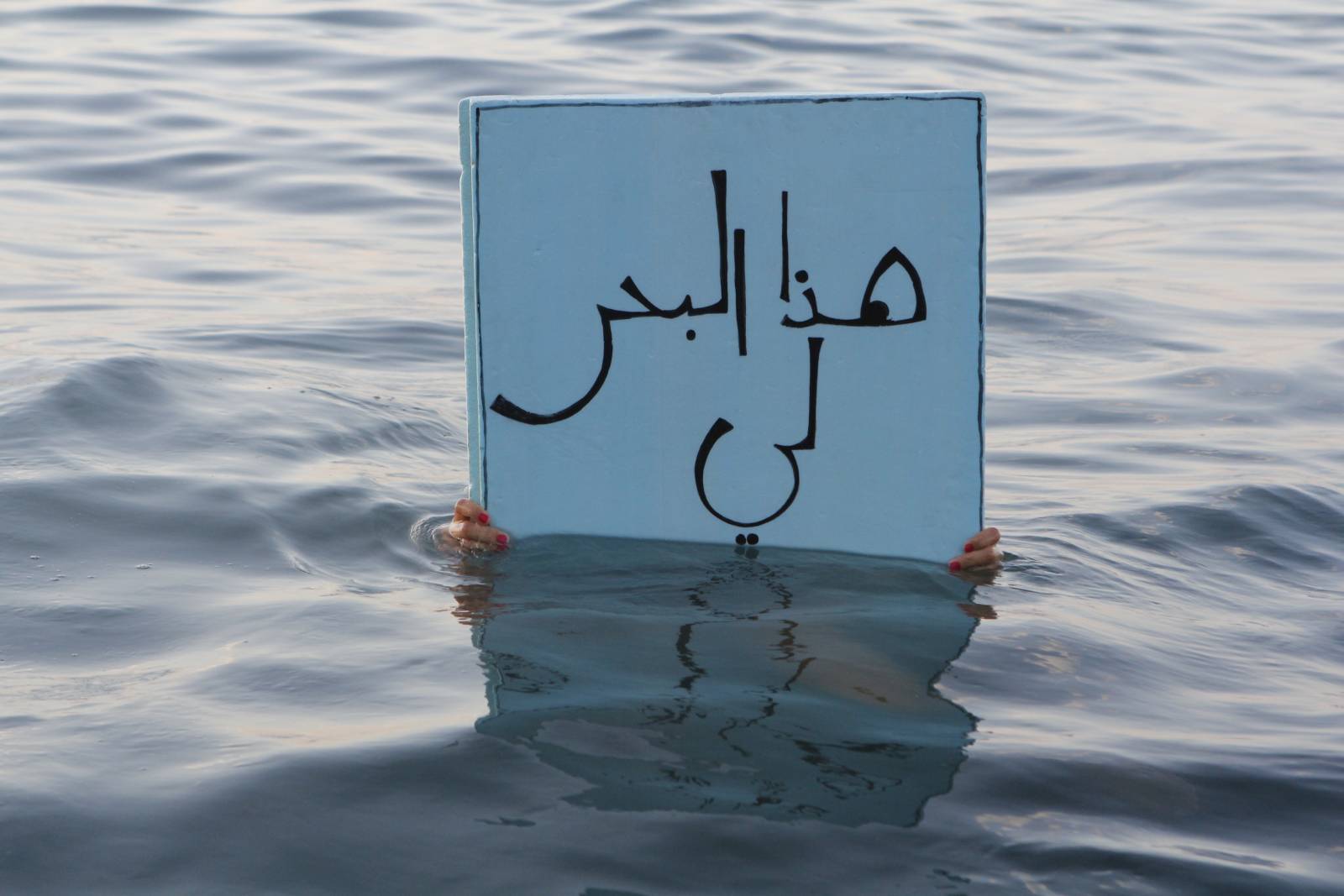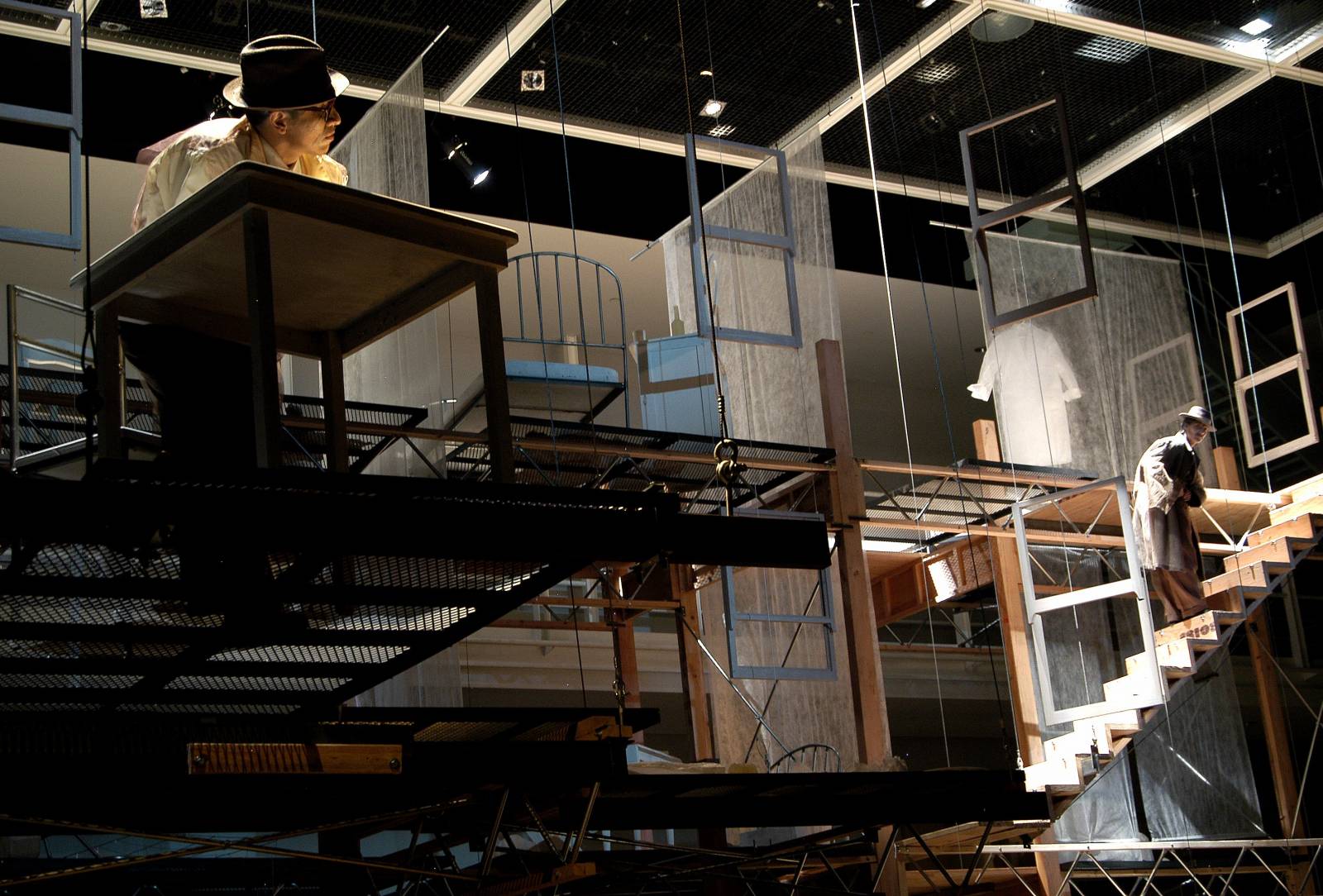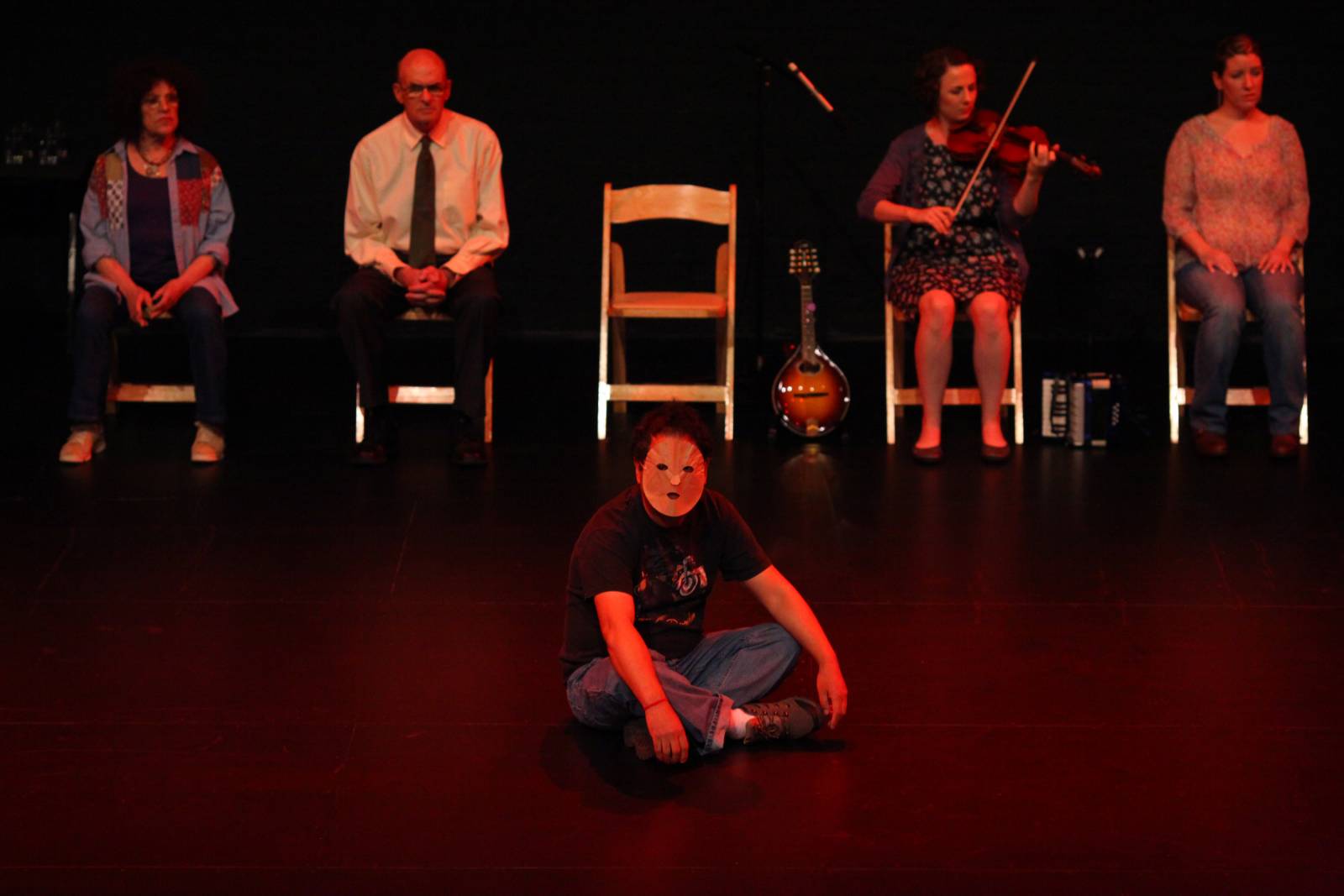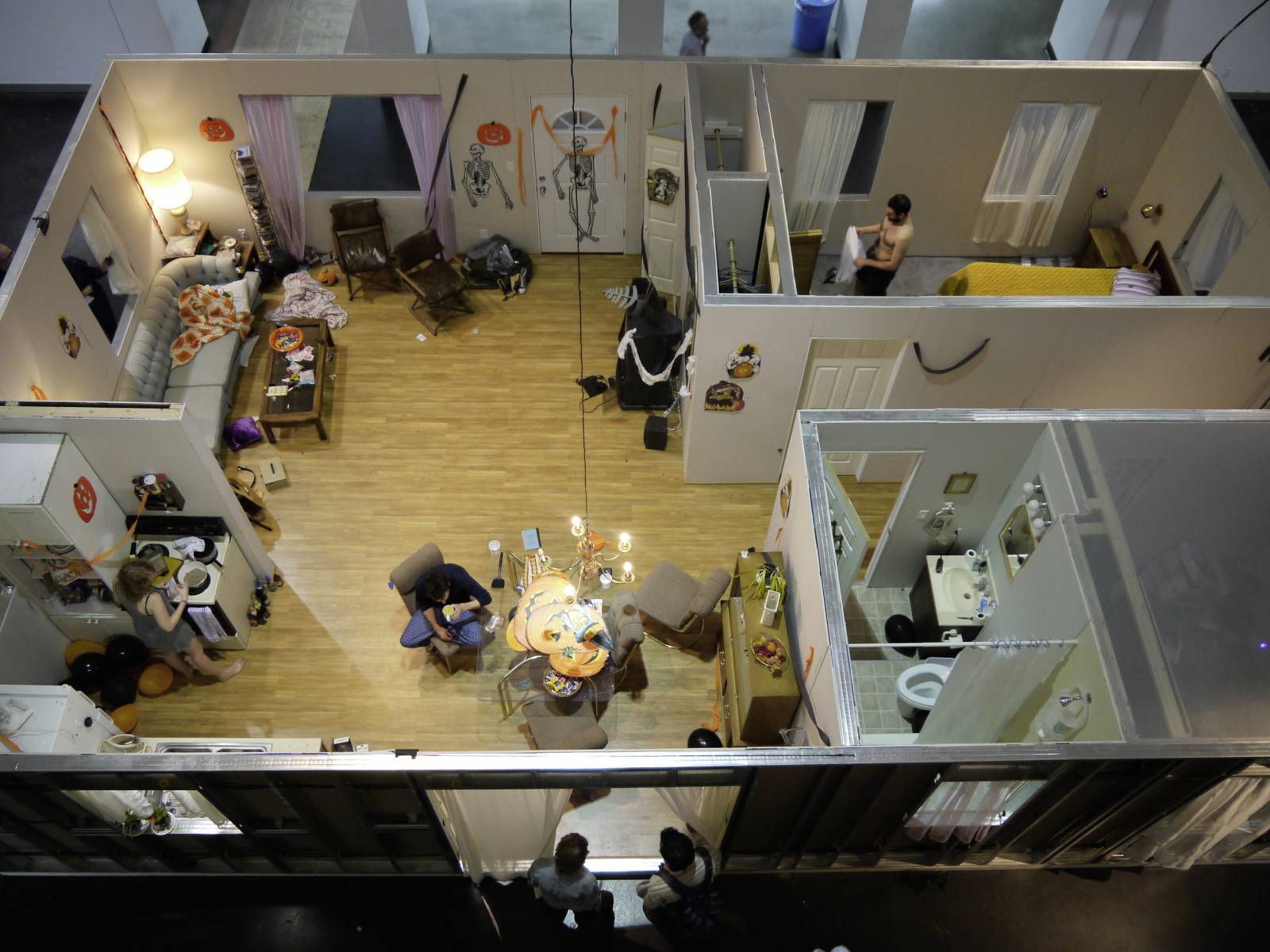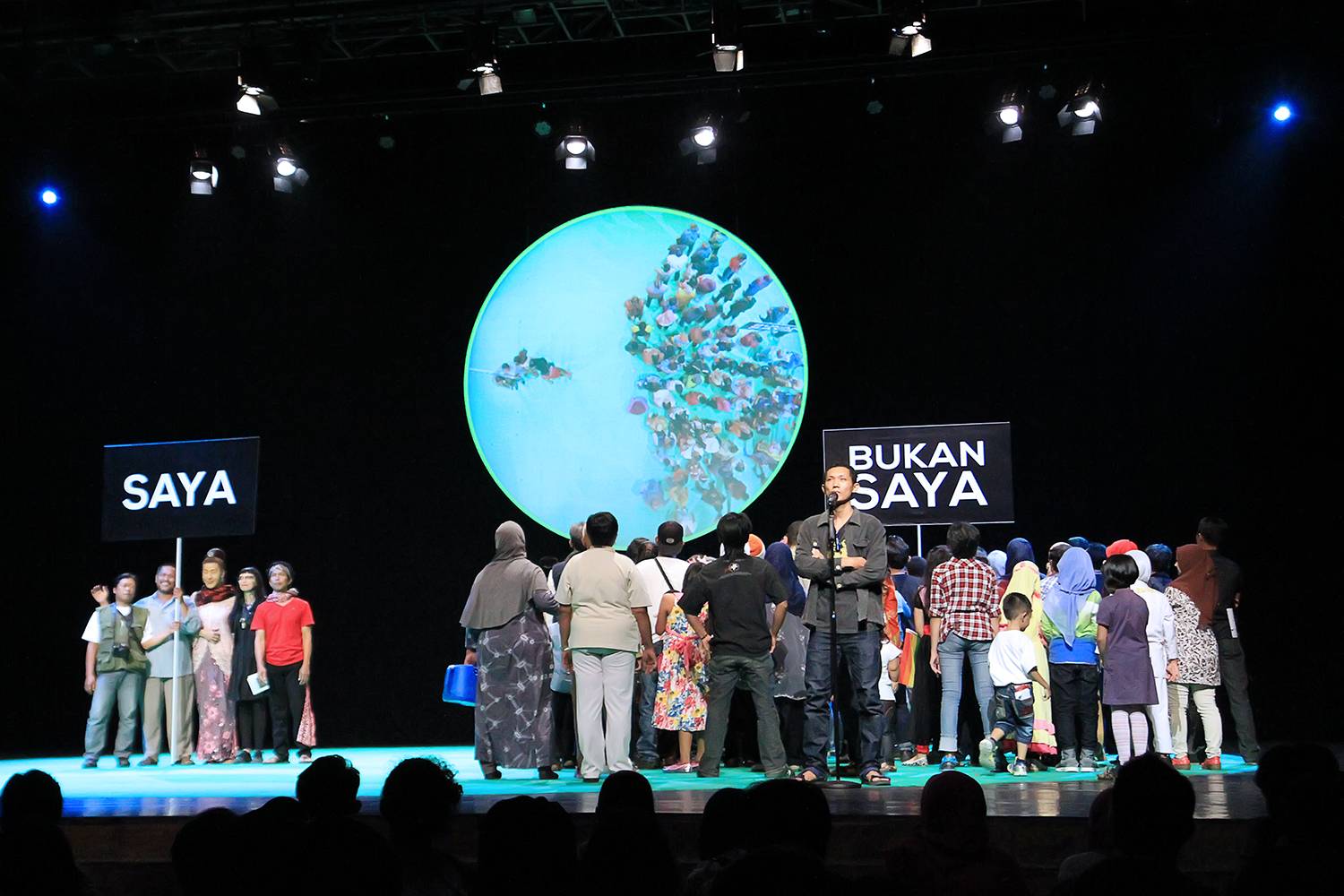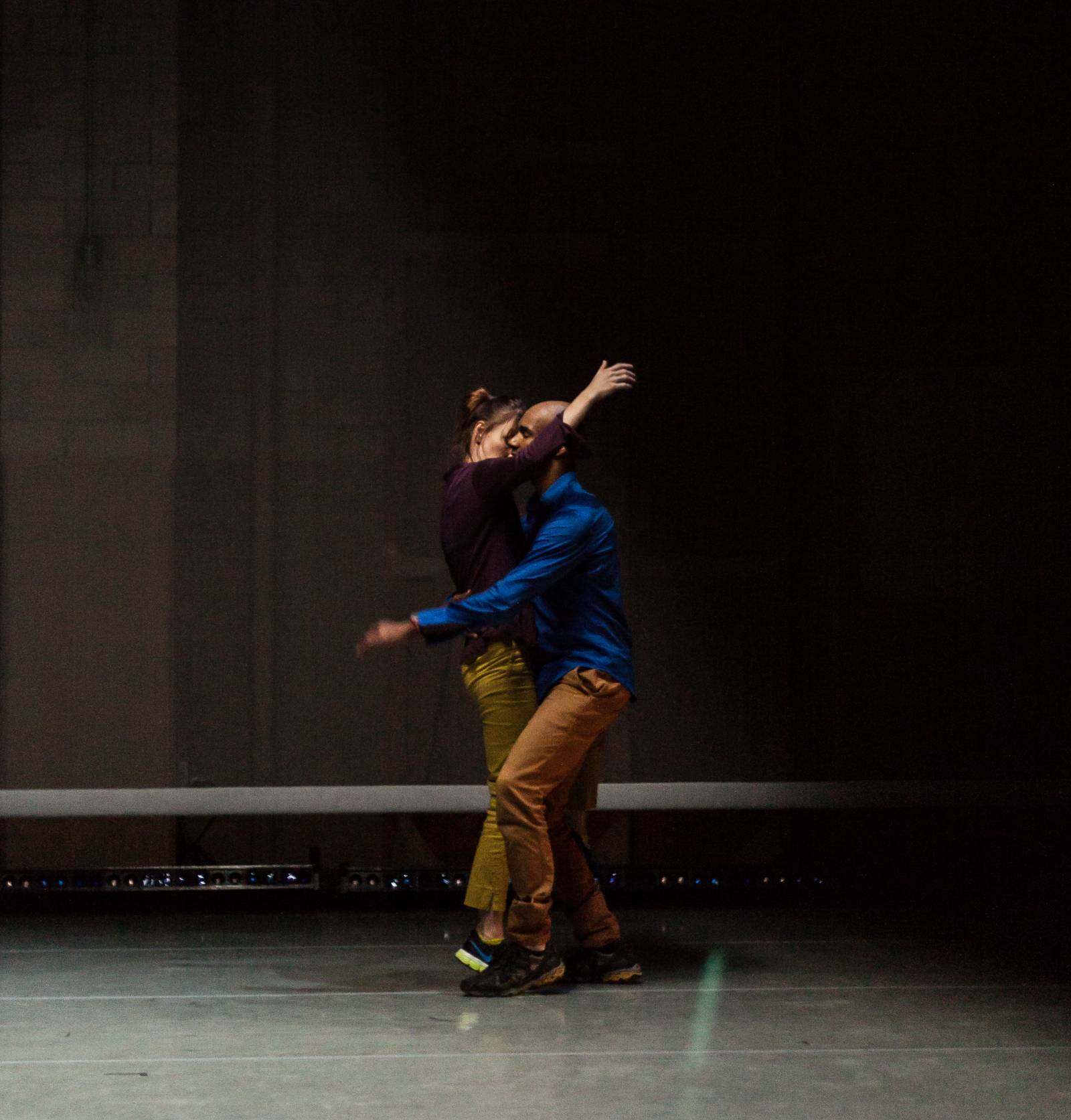Sabine Breitwieser
Sabine Breitwieser, formerly chief curator of media and performance art at the Museum of Modern Art, New York, is director of the Museum der Moderne, Salzburg, Austria.
In the Renaissance and baroque periods, aristocrats and church dignitaries began collecting rarities and curiosities and displaying them for selected visitors in so-called Kunst- und Wunderkammern, or art and curiosity cabinets. One of the first collections of this type belonged to Ferdinand II of Tirol, archduke of Austria, and was housed in Ambras Castle, near Innsbruck. Such collectors contributed personally to the growth of their holdings by commissioning artists with exceptional skills in craftsmanship to produce masterful art pieces made of exotic materials such as ivory, ostrich eggs, and coral, which were sometimes thought to be endowed with magical powers. The contents of the collections were determined exclusively by the subjective interests and obsessions of the individual collectors. Likewise, the presentation consisted of a highly personal accumulation of objects with numerous related anecdotes. In the seventeenth and eighteenth centuries, institutions were organized by field and promoted a rational, scientific form of collecting; this impulse led to the creation of different museum types dedicated to art, crafts, natural history, and ethnology.
The problem of collection categories and the inherent limitations of the concept of the museum were described by Claude Lévi-Strauss, who used the American Museum of Natural History in New York as an example. To this day the museum features a room containing collections of objects from indigenous tribes of the Pacific Northwest Coast. Already in 1943 Lévi-Strauss had hoped this collection “would disappear from the ethnographic museum to find a place in the museum of the fine arts.” In addition to the obsolete categorizations that relegate art objects from certain cultures to ethnographic collections, a variety of collecting practices pose ethical questions. In recent years, particularly problematic forms of acquisition and growing calls for restitution have taken center stage. Ritual objects raise the urgent question of access and use by those for whom such objects maintain a value that exceeds aesthetics and social history. Recently agreements have been reached making it possible for the temporary use of such objects in rituals performed in museums.
The constantly changing concept of art and artistic practice confronts the contemporary art museum as an institution with numerous challenges regarding its organization, structure, and spatial facilities. Experimental and interdisciplinary art as well as the use of new technologies have led in recent decades to the emergence of multimedia art forms that are not restricted to static objects but are time-based and include live elements. Recently museums, which previously excluded such art forms, have also tried to incorporate these often rather complex artistic practices into their collections. At the same time they realized that innovative programming has the potential to create new audiences. Such institutional strategies have resulted in the support and popularization of numerous performance-based art forms. The consequences of this turn are still developing and have not yet been fully evaluated. Different artistic fields were once separately collected, displayed, and received, and painting and sculpture have until now been the dominant mediums of high culture. Only recently, new aesthetic and art-historical comparisons are being made between visual art and dance, theater, and music. Artists are increasingly inspired to move among different fields and institutions, and leading figures from performing arts disciplines are suddenly assuming an important role in the art world.
The renewed interest in artists such as Simone Forti and Yvonne Rainer—as well as the relatively recent international success of a new generation of artists such as Jérôme Bel, Tino Sehgal, and Meg Stuart—have raised anew questions about the politics of collecting art, questions that Fluxus, happenings, conceptual art, and performance art had posed in the 1960s and 1970s. The experience of documenting ephemeral works and writing instructions used in delegating an artwork’s execution led artists to develop innovative concepts relating to the sale of their works. Developed in 1971 by the conceptual art dealer Seth Siegelaub and the attorney Robert Projansky, “The Artist’s Reserved Rights Transfer and Sale Agreement” secured for artists numerous rights to their work after a sales transaction. Sehgal, by contrast, sells his performance-based works, which he calls “situations,” exclusively by means of a personal, oral act of communication between the contractual parties and witnesses. Both art sales that are documented in writing and those that refuse documentation of any sort test the legal and institutional limits on property transactions. Given that a personal encounter with an artist is generally highly appreciated by collectors, this archetypal form of purchasing by means of personal “delivery,” as in the case of Sehgal, has its own attraction. In 2003, Andrea Fraser demonstrated in compelling fashion the complex relationships and manifold expectations that exist among collectors, artists, institutions, and the public. In an untitled commissioned work that she initiated, Fraser had sex with a collector for money. A museum itself can even be considered a performance, something Boris Charmatz exemplified at the Centre chorégraphique national de Rennes et de Bretagne in France. After taking over direction of the institution in 2009, he emptied it of its collected objects and renamed it Museé de la danse.
But all this innovative spirit does not solve the question of how ephemeral artworks—such as the legendary action TAPP und TASTKINO (Tap and touch cinema), which VALIE EXPORT first performed in 1968 in Vienna—can best enter art collections and be re-exhibited. One proposal would be to situate the histories of such works, as told through their objects and documentation, in the context of their origins as well as of the present. This would mean always “collecting” the work anew and thereby constantly exhibiting it from new perspectives.
Translated from the German by Michael Shane Boyle.
For Further Reference
Gustav Metzger, Manifesto, Auto-Destructive Art, London, November 4, 1959.
Marcel Broodthaers, Musée d'Art Moderne, Département des Aigles, Section Publicité, 1968–72.
Valie Export, TAPP und TASTKINO (Tap and touch cinema), 1968.
David Lamelas, Gente di Milano, 1970.
Adrian Piper, Untitled Performance for Max’s Kansas City, New York, 1970.
Seth Siegelaub and Robert Projansky, “The Artist’s Reserved Rights Transfer and Sale Agreement,” 1971.
Martha Rosler, Monumental Garage Sale, University of California at San Diego, 1973. There have been many Garage Sales since then, most recently Meta-Monumental Garage Sale at the Museum of Modern Art, New York, November 2012.
Sanja Iveković, Dvostruki Zivot (Double Life), 1974–75, Tragedija Jedne Venere (Tragedy of a Venus), 1975; Slatki Zivot (Sweet Life), 1975–76; Gorki Zivot (Bitter Life), 1975–76.
Franz West, Passstücke (Adaptives), mid-1970s–.
Meg Stuart / Damaged Goods, Auf den Tisch! (Onto the table!), 2005–11.
Jérôme Bel, The Show Must Go On, 2001.
Tino Sehgal, Kiss, 2003.
Andrea Fraser, Untitled, 2003.






